
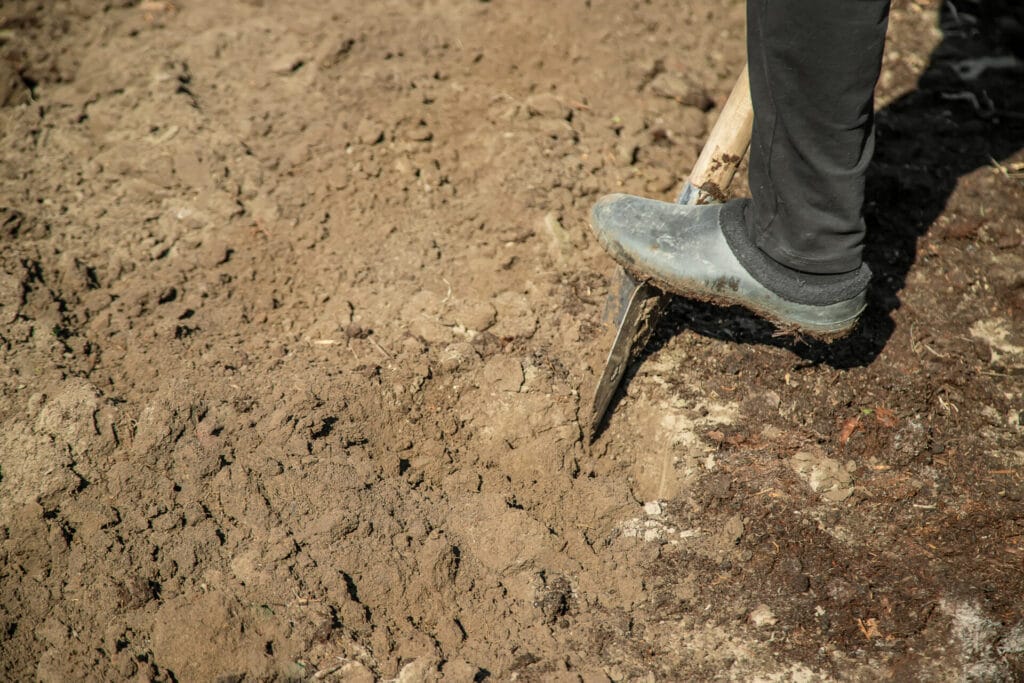
In the realm of agriculture and landscaping, soil health is paramount. However, one often overlooked threat to soil vitality is compaction. Soil compaction occurs when soil particles are pressed together, reducing pore space and limiting the movement of water, air, and nutrients. Identifying soil compaction early is crucial for preventing long-term damage to soil fertility and plant growth. In this comprehensive guide, we’ll delve into the intricacies of soil compaction, its causes, and most importantly, how to identify it effectively.
Soil compaction can manifest in various forms and severity levels, ranging from mild to severe. It’s essential to recognize that different soil types exhibit varying susceptibility to compaction. Sandy soils, for instance, are less prone to compaction due to their larger particle size, while clay soils are more susceptible due to their finer particles.
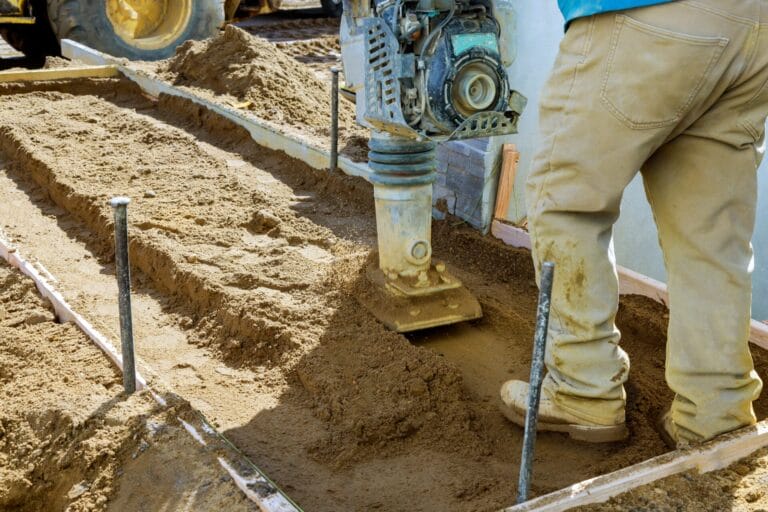
Reduced Infiltration Rate: Compacted soils have a diminished ability to absorb water, resulting in increased surface runoff and erosion. Observing puddles or water pooling on the soil surface after rainfall indicates poor infiltration, a common symptom of compaction.
Stunted Plant Growth: Plants struggling to thrive despite adequate moisture and nutrient availability may indicate underlying soil compaction. Reduced root penetration and restricted access to essential nutrients hinder plant growth, leading to stunted or yellowing foliage.
Surface Crusting: Compacted soils often develop a hard, impermeable crust on the surface, hindering seed germination and emergence. This crust impedes the penetration of emerging roots and exacerbates soil erosion by deflecting water away from the soil profile.
Increased Soil Density: Conducting simple soil density tests can provide valuable insights into soil compaction. Digging a small hole and observing the resistance encountered while inserting a soil probe or auger can indicate the presence of compacted layers within the soil profile.
Compaction Layers: Soil profiles may exhibit distinct layers of compaction, characterized by differences in texture, color, and root penetration. These compacted layers impede water movement and root growth, exacerbating nutrient deficiencies and soil aeration problems.
Visual Inspection: Conducting a visual inspection of the soil surface can reveal telltale signs of compaction, such as surface cracking, soil crumbles, or the presence of dense, compacted clods. These visual cues can guide further investigation and remediation efforts.
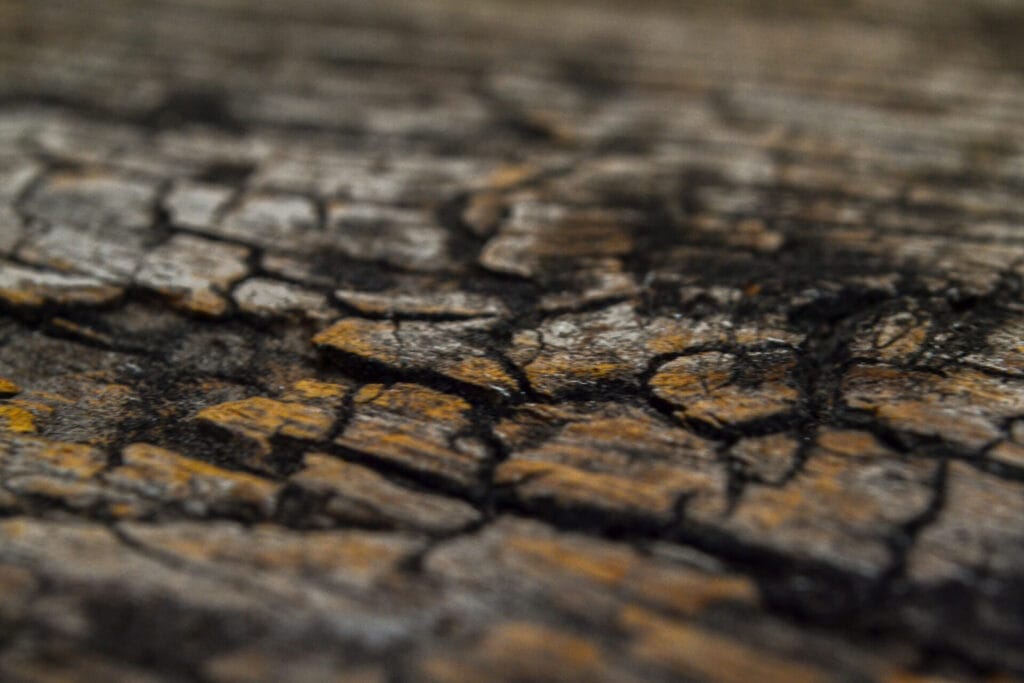
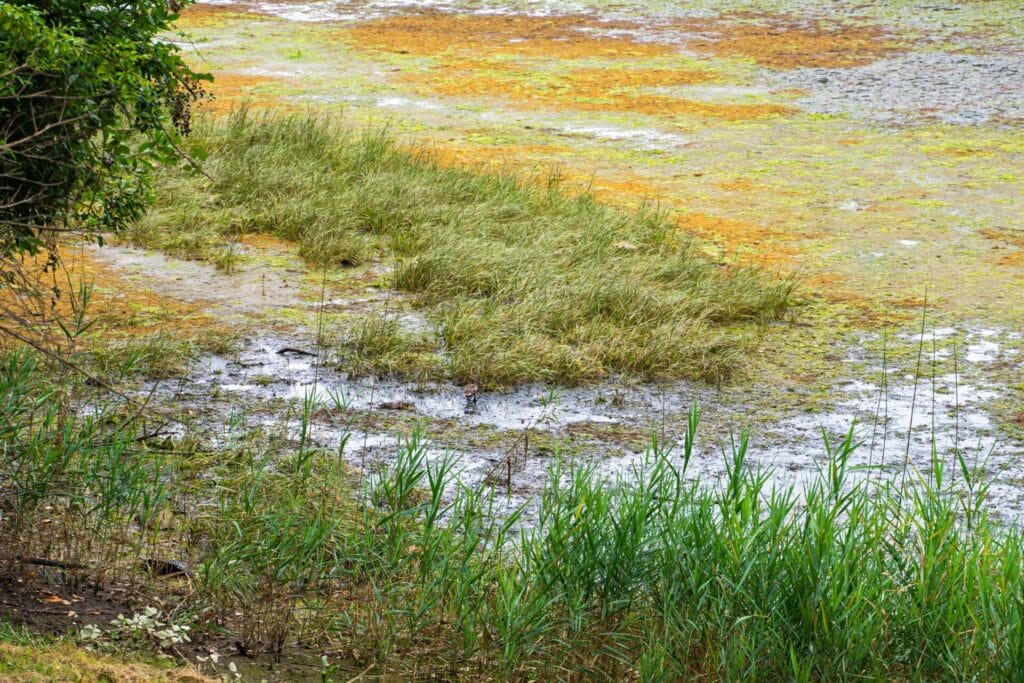
To accurately assess soil compaction, a combination of qualitative and quantitative methods is recommended. Qualitative assessments involve visual observation and physical inspection of the soil profile, while quantitative measurements utilize specialized tools to quantify soil compaction levels.
Penetrometer Testing: Penetrometers measure soil resistance to penetration and are widely used to assess soil compaction. By inserting a penetrometer probe into the soil at various depths, one can gauge soil compaction levels based on the resistance encountered.
Soil Moisture Testing: Soil moisture content influences soil compaction, with dry soils exhibiting higher susceptibility to compaction than moist soils. Utilizing a soil moisture meter can help gauge soil moisture levels and assess the risk of compaction under different conditions.
Compaction Depth: Determining the depth of compaction is crucial for developing targeted remediation strategies. Soil cores or pits can be excavated to assess compaction depth and identify compacted layers within the soil profile.
Root Examination: Inspecting plant roots for signs of deformation or restricted growth can provide valuable insights into soil compaction. Healthy roots exhibit vigorous growth and branching, while compacted soils may restrict root penetration and development.
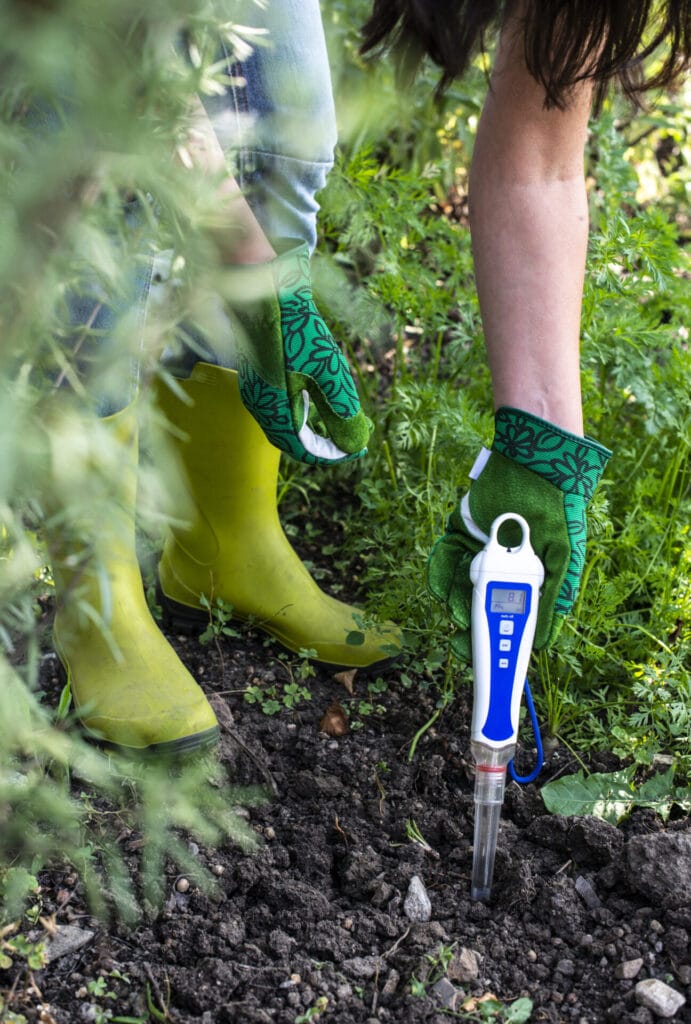
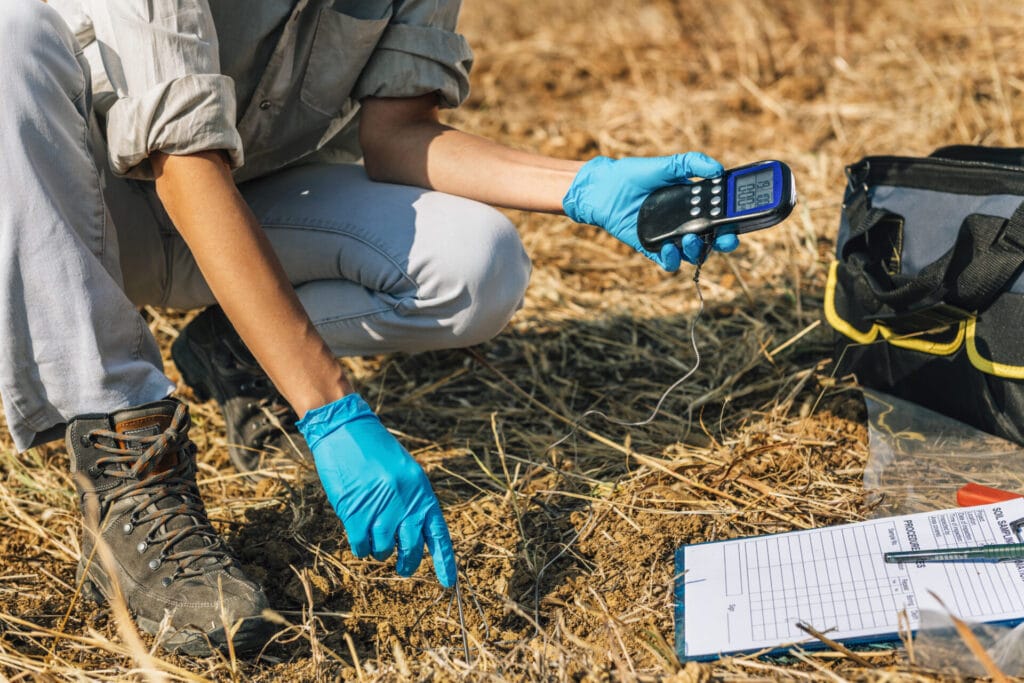
Once soil compaction is identified, proactive measures should be implemented to alleviate compaction and restore soil health. Remediation strategies may include:
Mechanical Aeration: Aerating compacted soils using mechanical aerators or tillage equipment helps alleviate compaction by loosening the soil and improving pore space. Deep tilling or subsoiling can break up compacted layers and promote root penetration.
Organic Amendments: Incorporating organic matter, such as compost, manure, or cover crops, enhances soil structure and resilience to compaction. Organic amendments improve soil aggregation, water retention, and nutrient cycling, mitigating the effects of compaction over time.
Controlled Traffic: Implementing controlled traffic patterns minimizes soil compaction by restricting heavy machinery to designated pathways. By confining traffic to specific areas, compaction is localized, preserving soil structure and fertility in the remaining areas.
Cover Cropping: Planting cover crops during fallow periods helps prevent soil compaction by maintaining vegetative cover and root growth. Cover crops improve soil structure, reduce erosion, and enhance soil microbial activity, promoting long-term soil health.
Identifying soil compaction early is essential for preserving soil fertility and ensuring optimal plant growth. By recognizing the signs of compaction and implementing proactive remediation strategies, growers and landscapers can mitigate the detrimental effects of compaction and cultivate healthy, productive soils. By prioritizing soil health and adopting sustainable soil management practices, we can safeguard our most precious resource for future generations.
Share this post:
See more posts like this:





